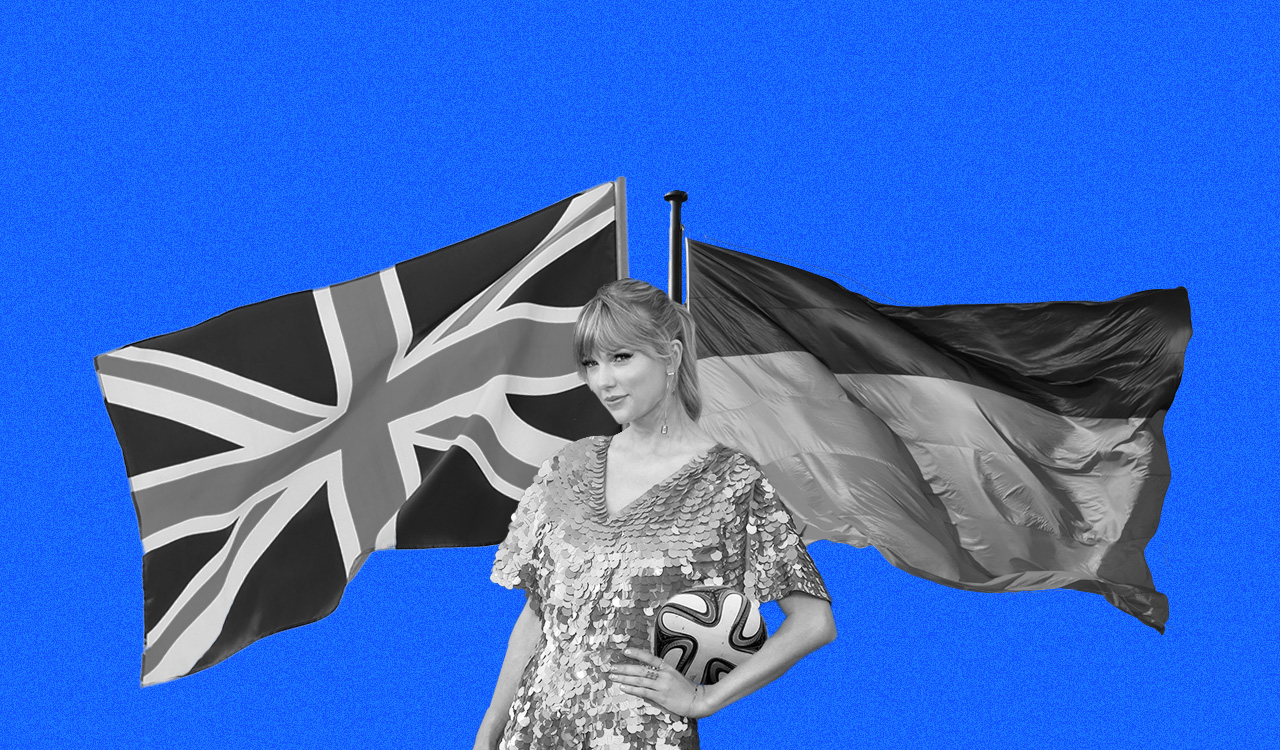Amidst soaring inflation and loan interest rates, job hiring are in a holding pattern. Publications ranging from Yahoo Finance to Fox Business have recently reported the death of the middle class. According to Business Insider, “Even though the US unemployment rate is near the lowest level in decades and overall layoffs remain modest, employers are, on average, taking longer to hire, and some are posting fewer jobs than not long ago.”
Many American families that were once financially secure are now struggling to keep up with the cost of inflation. Americans have to make $120K a year to afford a typical, middle-class lifestyle in certain cities in 2024. And in this job market, few people in the U.S. make this kind of income. Consumers’ average personal income is $63,214, and the median income is $44,225. This creates an environment of overworked, underpaid, resentful emerging professionals.
Since employers are posting fewer jobs and taking longer to hire, workers are quitting and switching their jobs less often. The result? Mid- to senior-level jobs that were once abundant are in scarce supply, and middle-class families are feeling the financial crunch.
Let’s look at the factors influencing the current retail environment and what not to do to irritate cash-strapped consumers. We’ll also cover how retailers can sell products to high-demand customers who are under financial duress. Let’s get into it.
The Death of the Middle Class
Many American families that were once financially secure are now struggling to keep up with the cost of inflation. Americans have to make $120K a year to afford a typical, middle-class lifestyle in certain cities in 2024. And in this job market, few people in the U.S. make this kind of income. Consumers’ average personal income is $63,214, and the median income is $44,225. This creates an environment of overworked, underpaid, resentful emerging professionals.
A nation of consumers struggling to keep their households afloat doesn’t lend itself to a healthy retail industry. In fact, 20 percent of U.S. business owners say that inflation is their biggest challenge in 2024. On the consumer side, folks are buying less, looking for cheap alternatives for their regular purchases, and doing extensive research before they buy anything.
Many families have a different quality of life now than they did just a few years ago. This means that today’s luxe advertising can come across as perversely out of touch with most peoples’ experiences. Retailers have had to adjust their strategies to communicate value to customers, and every attempt to do so has not been a slam dunk.
The Kellogg’s Rooster Crows “PR Nightmare”
As Dr. Suess once said, “The way to find a missing something is to find out where it’s not.” And in this vein, a recent statement by Kellogg’s CEO Gary Pilnick is a great case study of how not to market the affordability and attractiveness of your products. Kellogg’s CEO made a major misstep on a call with CNBC by suggesting that consumers deal with economic uncertainty by eating cereal for dinner. Pilnick’s now infamous words were, “If you think about the cost of cereal for a family versus what they otherwise might do, it’s going to be much more affordable.”
He went on to highlight that a bowl of cereal with milk and fruit can cost less than $1 a bowl. The obvious problem with this strategy is that cereal for dinner is not nutritionally sustainable. The other vexing problem is that consumers can easily Google Mr. Pilnick’s salary, which is a $1 million annual base and over $4 million a year in “incentives.” In other words, it’s unlikely that Pilnick has ever eaten cereal for dinner out of necessity. This explains why disgruntled cries of, “Let them eat flakes!!” can be heard from the proverbial rafters.
A (Comparatively) Minor Misstep by Wendy’s
As my colleague Warren Shoulberg recently reported, Wendy’s CEO made a similar snafu (although this one was more snafu-lite) in telling consumers they’d be rolling out dynamic pricing across the nation. CEO Kirk Tanner told investors that, “beginning as early as 2025, we will begin testing more enhanced features like dynamic pricing.” Like Kellogg’s statement, consumers and journalists alike were quick to respond with CEO salary information and decries of cluelessness on the part of both company’s leaders.
As the middle class dwindles, consumers are highly attuned to the harsh realities of economic disparity. “Everyone loves an underdog,” is becoming just as true in the C-suite as it is on American Idol. But think about how it plays to the public when a white, middle-aged CEO who represents all the privileges denied to so many makes these out-of-touch statements. Back at the office, he’d better prove to be highly attuned to the harsh realities of the daily lives of the consumers he’s targeting as well as his employees.
Market Affordable Products with Respect
Now, let’s talk about how to market affordability correctly and empathetically. First, retailers and brand leaders need to realize that customers don’t want to choose between affordability and sustainability. They also don’t want to choose between affordability and their self-respect –– a fact that Amazon has shown a blissful unawareness of, time and again, but I digress.
Had Pilnick, marketed cereal as an affordable grain-and-fruit serving within a well-balanced diet, nobody would have taken umbrage. If Kellogg’s had announced their affordability alongside a donation to feed the 44 million U.S. citizens who face hunger, it would’ve been another situation entirely. Or what if Wendy’s Tanner had instead issued a statement about their sustained commitment to value, to mitigate his surge pricing announcement? Both would have elicited totally different reactions. Hubris and tone-deafness are not great leadership qualities.
Walking in Their Moccasins
The first step of any successful marketing campaign, once you’ve identified your core customers is respectful compassion. Relevant marketing hinges on understanding the end consumers: not just their purchasing behavior, but also their challenges– the monsters they stare down each day. Without achieving a holistic view of that consumer, PR missteps will continue to happen. The death of the middle class is very real to some families, so don’t tweet a word until you’ve walked a mile in their moccasins.




